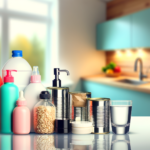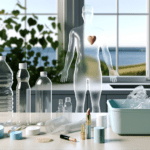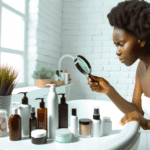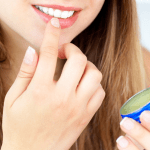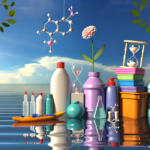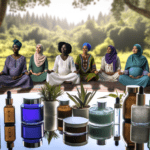In this article, you’ll get an idea of why it’s better not to trust the beauty and femcare industry. You’ll learn what kind of loophole they use which allows them to mislead you, a trick to avoid 3,999 harmful chemicals in 10 seconds, which chemical in cosmetics is the #1 chemical enemy, number one, especially for women and a super harmful chemical that you must avoid at all costs.
First, the loophole, let’s talk fragrances. Fragrance is used as a scent to add or to mask the odor of ingredients. And here’s the thing. Fragrance doesn’t refer to a chemical. It’s actually a loophole that is used to classify 3,999 ingredient.
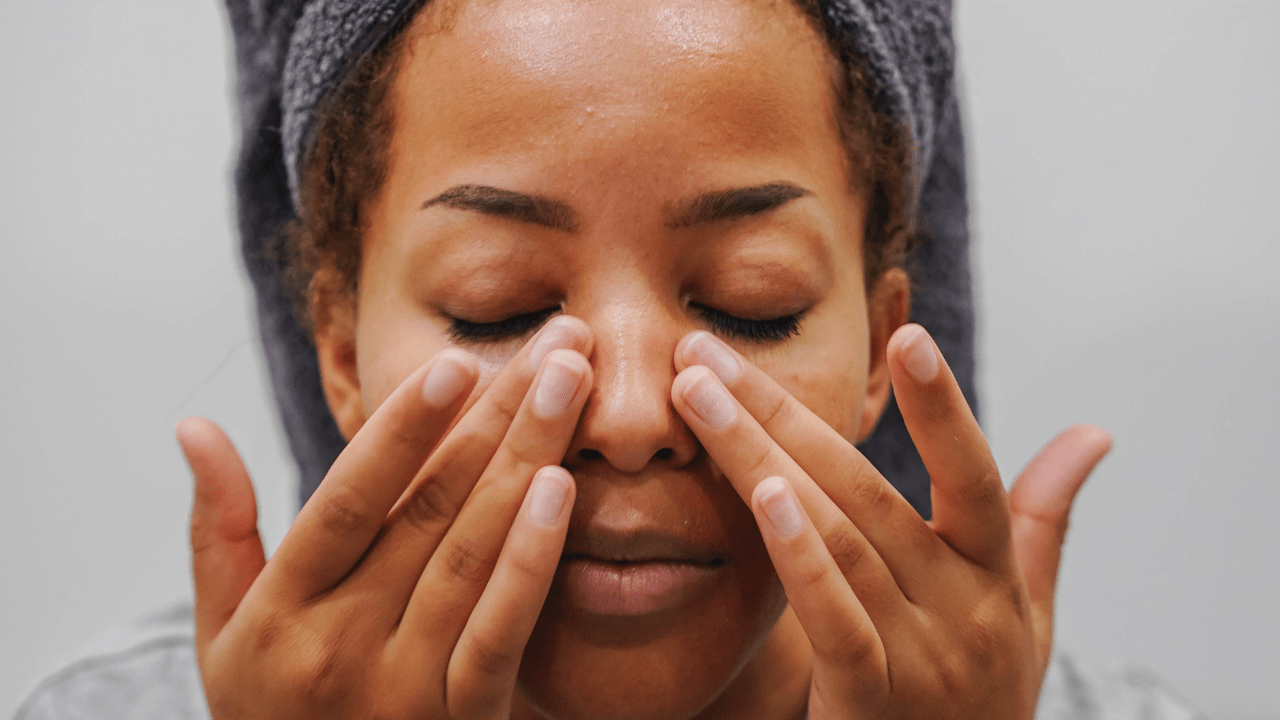
Take a look at the International Fragrance Association’s, ironically named Transparency List. It’s not just perfumes. About 75% of fragrance is used in either personal care or fine fragrances, and the remaining 25% is used in household goods. Many of the ingredients on the IFRA transparency list have been evaluated as having adverse effects on health.
These include carcinogens, hormone disruptors, reproductive and developmental toxins, and respiratory toxins. Some of these ingredients such as sterine and benzyne are banned. Foods, however, can still exist as fragrance and products really. Sterine or styrofoam, benzene, gasoline, industrial cleaning, and greasing products, glycols windshield wiper fluid. Hmmm. You really want to know what’s on your skin and your nose, right? All the ingredients and perfumes have been linked to allergies and irritation of skin, eyes, and lungs, biochemical or cellular level changes, endocrine disruption, organ system toxicity, and cancer in case you’re still hesitating. Yes, fragrances are bad for.
Even products that are labeled as unscented may have fragrance chemicals as this term is allowed to be used if the fragrance is used to mask these unpleasant natural odors. One study of products that have fragrance chemicals demonstrated that the products each have a multitude of chemicals. If you wonder how many, the products were ranging from 46 to 229 fragrance chemicals.
So summing up, use this ten second check to protect yourself and avoid 3,999 harmful chemicals. Number one, look for the term fragrances at the ingredient list of your topical product. Number two, do not use the product if this term is on the label. This trick helps you avoid a large number of bad chemicals that are common in cosmetics and femcare.
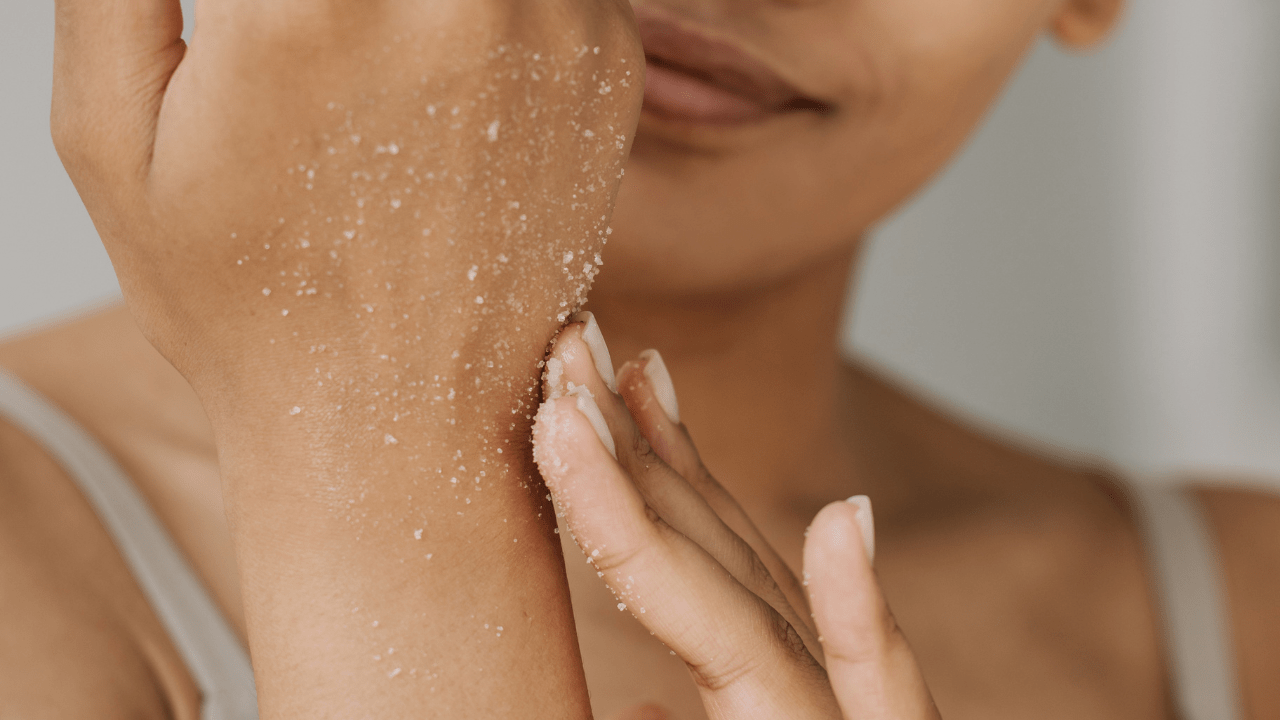
Now let’s look at the number one chemical enemy so that you can avoid this killer chemical. It’s multifactoral, ubiquitous with a pervasive presence and effects. Commonly used in nail polish soaps, shampoos, hair products, and even in PVC plastic to make it flexible. PVC applications include glue, vinyl, flooring, rain coats, food storage containers and medical tubing. This chemical is used to create a hard flexibility for nail polish and help extend scent in fragrances. Any idea what this number one chemical enemy actually does to your body? It leads to obesity and insulin resistance, impaired fertility, for instance, reduced sperm count early puberty in girls, defects in male fetuses, liver and kidney failure in young children, and it is toxic to wildlife and the environment. The reason for this toxicity is that this number one chemical enemy acts against certain hormones in more precise scientific words. It’s an endocrine disruptor that is anti androgenic.
So what is the name of this number one chemical enemy in your products? It’s phthalates refer to a chemical group that include diethyl phthalate used in most fragrances and dibutyl phthalate used for nail polish hardening or plasticizing. Phthalates are very dangerous to your health, and they’re almost everywhere.
Phthalates are used in many cosmetics. Including skin products, hair products, and perfumes. Do you know that women of reproductive age have the highest level that’s age 20 to 40? Women in general have higher phthalate levels than men. Large scale population studies are showing that young children, infants, toddlers, have higher levels of urinary folate metabolites than teens and adults in the USA.

It is the same stuff as linoleum, vinyl, tile, and glue. In most of your cosmetics and femcare products. Phthalates are not only in cosmetics, you’ll find them in many household goods as well. Shower curtains almost always contain these chemicals. Then there is the plastic of baby toys, which obviously is a real concern as most toys will at some point find their way into a baby’s mouth.
Leaching from plastic into diet followed by contaminated indoor air are probably the most likely sources of exposure to phthalates and then personal care products. I think this gives you an idea why you cannot rely on the cosmetic and femcare industry. They use bad chemicals and have loopholes to mislead you about them.
What can you do about this? Well, if your health and wellbeing is as important to you as it is for me, choose at least all natural feminine care and cosmetic products. They’re truly all natural and do not contain any chemicals disrupting your body’s natural flow.
My next article will show you a super easy way to avoid all chemicals in topicals, how to spot fake natural topicals in 10 seconds, and why one ingredient that seems harmless is a starting point to ruin your immune defense. And lastly, what the so-called skin flora is and why it is critical for your health.
